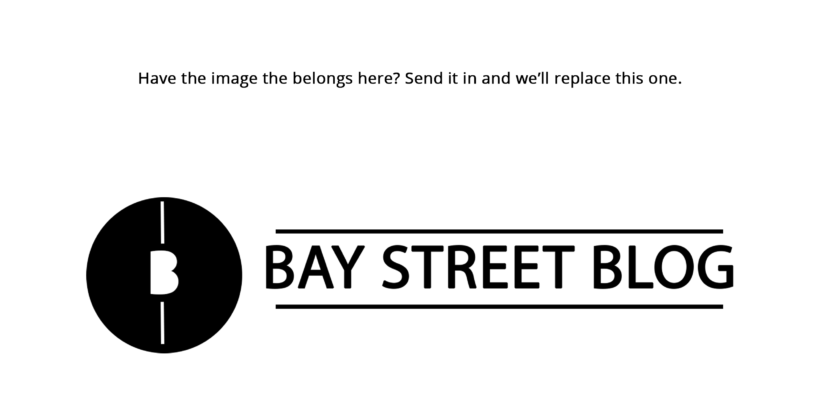RRSPs vs. TFSAs: The Differences
Share

By Ratehub.ca
Over the decades, Ottawa has introduced various incentives to help Canadians save for their retirement: RRSPs and TFSAs. That’s in addition to the Canada Pension Plan and whatever employer options a person might have.
The most popular registered savings account is the TFSA. According to Statistics Canada, 40.4% of Canadian households contributed to a TFSA in 2015 (the latest statistics available). Just 35% of households made RRSP contributions in the same year.
The TFSA’s popularity is surprising since it’s only been in existence since 2009. Canadians are discovering that the two savings vehicles have different strengths and are useful at different points in a person’s life.
TFSA
Let’s start with the TFSA. The account was set up as a tax-free way of letting Canadians accumulate gains from investments.
Basically, you can contribute cash or investments into this account. You contribute after-tax dollars into a TFSA but you’re not taxed on withdrawals. That includes any capital gains, accumulated interest, and extra dividends those investments might have in a TFSA.
When you make a withdrawal, you regain the room the following year.
You have to be at least 18 years old to put money to a TFSA. Contributions are limited (it’s $5,500 in 2017). As well, there’s a cumulative ceiling to TFSA injections, currently $52,000 (if you were 18 or older in 2009) to be increased in 2018 by that year’s annual contribution limit.
Because you’ve already been taxed on the money going into the TFSA, the Canada Revenue Agency (CRA) doesn’t care when you withdraw the funds. So you have flexibility on taking the money out.
RRSP
The greybeard of Canada’s registered accounts, the RRSP, operates kind in reverse order to the TFSA. You receive a refund when you contribute to an RRSP (just don’t spend it), but you pay tax when you withdraw money.
Still, your nest egg can accumulate returns on a tax-free basis while in the sheltered account. So, the compounding effect is enhanced within an RRSP.
Unlike the TFSA, limits on your RRSP contributions depend upon your income. Ottawa lets you contribute 18% of last year’s income or an established CRA limit ($26,010 in 2017).
When you make a withdrawal, you lose that contribution room to your lifetime limits.
There are two instances when you can take RRSP cash out without paying income tax:
- If you want to take advantage of the Home Buyers’ Plan (HBP) to purchase a home and;
- If you want to take advantage of the Lifelong Learning Plan (LLP) to further your education.
In both cases, however, the person taking the money out has to repay the cash to the RRSP within 15 years for the HBP and 10 years for the LLP.
Unused contribution room can build up until you turn 71; that’s when you must begin taking the accumulated money out of the RRSP, usually through a registered retirement income fund (RRIF).
One over the other
So, when do you choose to maximize contributions of one account over the other?
It depends upon your current tax bracket.
If you’re a university student, your income tax rate generally will be lower when you enter the workforce. In that case, you should max out your TFSA contributions now.
Because your tax rate is low, your tax deduction will be low—which isn’t much of a benefit if you contribute to an RRSP. And, when you pull the cash out later in life, you won’t have to pay tax.
The reverse logic works for the RRSP.
If you have a high income, deposit as much cash as you can into the account (subject to your limit). That’s because you’ll get a larger tax deduction now.
When you retire, your tax bracket should be substantially lower. You’ll be taxed when the money comes out of the account. But the rate will be less and the tax bite smaller as a result.
There are some other wrinkles. For instance, if you have future spending plans that involve the saved cash, you might be better in the TFSA. At least, you don’t face a tax bill upon withdrawal.
Overall, watch your income tax line on your tax form; that will tell you whether the RRSP or the TFSA—assuming you can only afford to contribute to one account—is the right one for you.
Ratehub.ca is a website that compares mortgage rates, credit cards, high-interest savings accounts, chequing accounts, and insurance with the goal to empower Canadians to search smarter and save money.
You may also be interested in: How do RRSPs Work?
Writer: RateHub
Disclaimer: All investing can potentially be risky. Investing or borrowing can lead into financial losses. All content on Bay Street Blog are solely for educational purposes. All other information are obtained from credible and authoritative references. Bay Street Blog is not responsible for any financial losses from the information provided. When investing or borrowing, always consult with an industry professional.






Bay Street Blog Newsletter
Click here to subscribe for a financial savvy experience.
Please check your email to confirm subscription!